Do you think you can tell things about writers from the way they look in a painting or photograph? A more demanding test: from their books can you predict how authors look? It sounds unlikely, yet, upon seeing a photograph of an author, we do find ourselves exclaiming: ‘That’s not how I thought he’d look!’
In Portrait of the Writer there are 250 photographs with a potted biography opposite each. ‘In the best instances,’ says Goffredo Fofi in the foreword, ‘we can see in the photograph that the writer (although not just the writer) has discovered something about himself or herself that he or she was unaware of or had not reflected upon sufficiently.’ Can we, though?
Take E.E. Cummings (above), photographed, we are told, in Cambridge Massachusetts in 1920. The image is surprising. The defining feature is a wide-brimmed felt hat that Tom Mix might have been proud of, in the tradition of J. B. Stetson’s ‘Boss of the Plains’ creation from 1865. Cummings wears a neckerchief over an open shirt and is enjoying a cigarette, the smoke of which adds atmosphere. He is as spruce as a plainsman fresh out of the barber’s after delivering 300 head of Texas longhorns. The unknown photographer has smoothed over the skin tones.
The picture was taken three years before Cummings published his first verse collection. In 1920 he was busy with his memoir, The Enormous Room, about his experiences as an ambulance driver on the western front in the Great War and his three-month imprisonment while facing charges of spying. None of this is to be guessed from the photograph. Apart from the cigarette, he looks very unlike his image in later photographs, from which you might think he was a private detective.
Goffredo Fofi is a noted Italian writer on film, or rather, ‘a sage, atavist, journalist and cinematic critic’. The Fofi thesis of character being visible in photographic portraits is at the strong end of the spectrum: we see, he claims, ‘the vexations, hopes, joys, desires, frustrations, worries, ambitions, defeats or simply thoughtlessness’. It helps, no doubt, to know something of the life.
The brief lives here are not all by Professor Fofi. He wrote 21. The rest are by seven others, with the biggest haul of 66 by Maria Baiocchi, a translator whose words here are translated into English by other hands. She it is who supplies the vital piece of information, in the life of William S. Burroughs, that in 1951 ‘on a trip to Mexico City he shot and killed his wife, Joan, in circumstances that have remained unclear’. So, even though he is pictured 36 years later (above), aged 73, posing in a gallery with a gun next to two of his paintings, for the production of which ‘his favourite technique was to place cans or bottles of paint in front of the canvas and shoot at them with a gun’, the informed reader can’t help wondering.
Otherwise, the photograph is reminiscent of the splendid self-portrait in oils of 1935 by Edvard Munch, showing the artist, next to a kitchen table well stocked with bottles of booze, levelling a gun at two figures outside the window — an incident that had occurred 30 years earlier, and to which Munch obsessively returned. Burroughs, habitually dressed in three-piece worsted suits, very often liked to be photographed with firearms — revolvers, pistols and rifles — though Allen Ginsberg once caught him on film fighting with Jack Kerouac with a dagger. Writing two years before the shotgun-painting photograph by Mario Ruiz was taken, Burroughs declared: ‘I would never have become a writer but for Joan’s death’ — he meant ‘but for shooting Joan’.
Fofi thinks that Proust, Joyce and Italo Svevo were the three writers who ‘breathed new life into literature’. Here Joyce is portrayed by Gisèle Freund two years before his death, peering through a magnifying glass as we’d expect, but in a colour image, of a pastel tone, though that is partly because all the photographs are printed on scarcely glossy paper. Proust’s is a striking photograph ‘on his death bed’ — actually two days after his death. His brother had called in Man Ray to take it. The print here shows his bearded face less bruised and mottled than other shots in the series. As for Svevo, taken in his native Trieste in 1892, aged 31, when he was working in a bank, he appears as a straw-hatted, mustachio’d boulevardier.
Feeble images are given of Alice Walker, A. B. Yehoshua, Kazuo Ishiguro and Bernard Shaw (by Karsh); striking ones of Ramón del Valle-Inclán, Antonio Machado, Leonardo Sciascia, Jacques Prévert (by Robert Doisneau) and Anna Akhmatova. A good Christmas game would be to guess — not who the pictures are of, but what kind of books the sitters wrote.
Got something to add? Join the discussion and comment below.
Get 10 issues for just $10
Subscribe to The Spectator Australia today for the next 10 magazine issues, plus full online access, for just $10.
Available from the Spectator Bookshop, £19.95. Tel: 08430 600033
You might disagree with half of it, but you’ll enjoy reading all of it. Try your first month for free, then just $2 a week for the remainder of your first year.

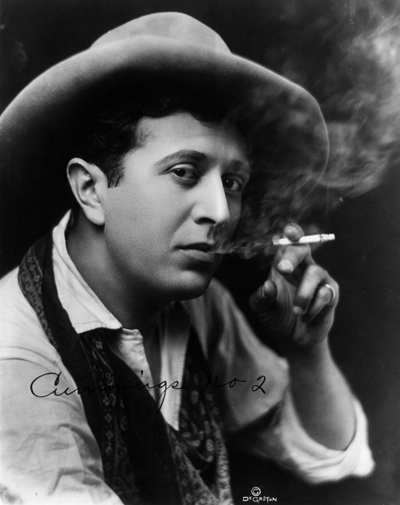
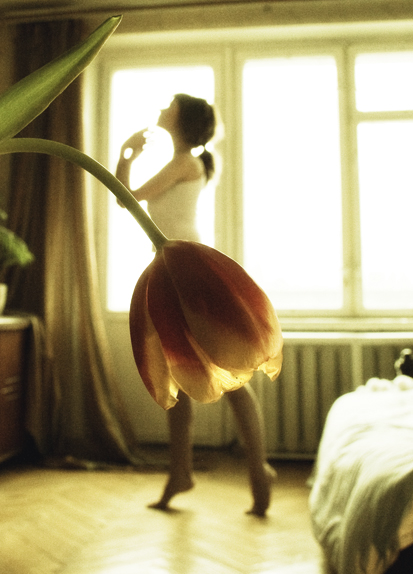
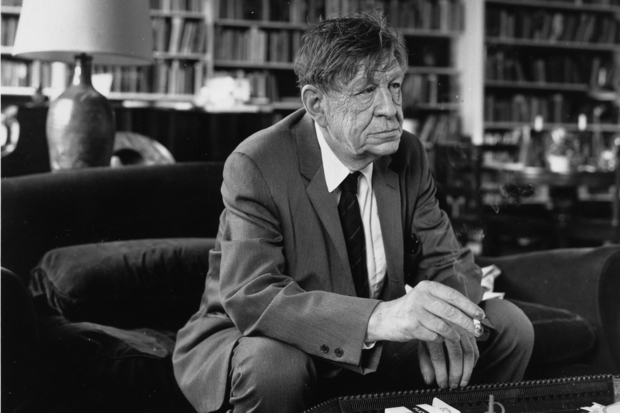
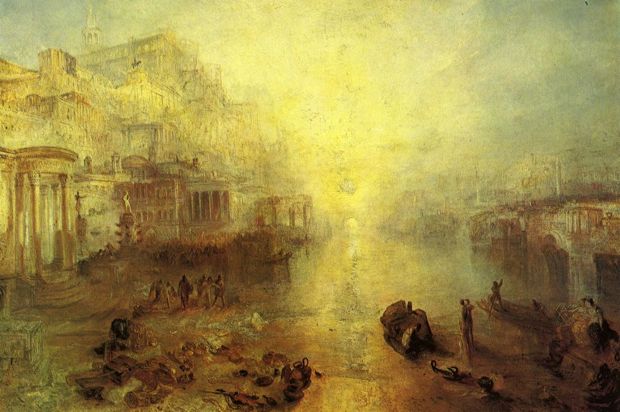
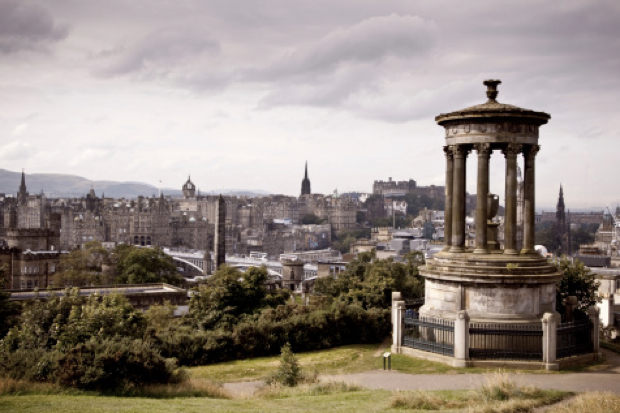
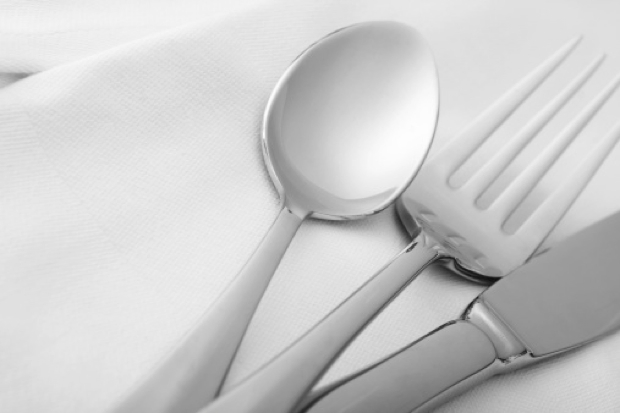
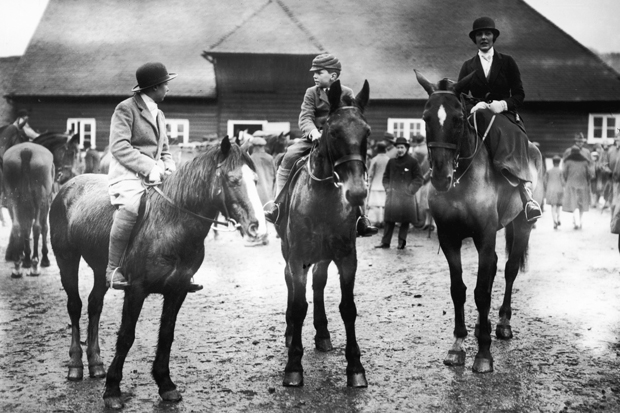






Comments
Don't miss out
Join the conversation with other Spectator Australia readers. Subscribe to leave a comment.
SUBSCRIBEAlready a subscriber? Log in